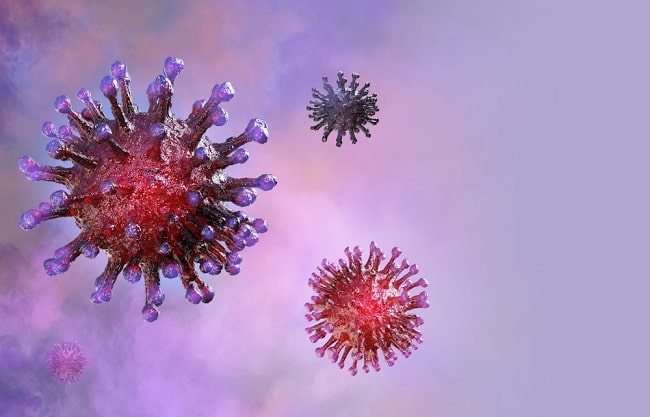Coronavirus disease 2019 (COVID-19) caused by Severe Acute Respiratory Syndrome Coronavirus-2 (SARS-CoV-2) was first discovered in Wuhan, China and was declared a global pandemic by WHO on March 11, 2020. Common clinical symptoms caused by this COVID-19 infection include fever, dry cough, headache, sore throat, runny nose, chest pain, shortness of breath, myalgia, malaise, arthralgia, fatigue, sputum production, anorexia, diarrhea, nausea and vomiting. Recently, anosmia (loss of the sense of smell) and ageusia (loss of taste) have been reported as symptoms of COVID-19. These new clinical symptoms make diagnosis of COVID-19 even more difficult.
This study reports the epidemiological, clinical, radiological, laboratory findings and different clinical manifestations of a family cluster of COVID-19 in Indonesia. SARS-CoV-2 infection in the cluster in this study was first reported in patient 2 (daughter of patient 1 and patient 3) who had symptoms of dry cough and cold since April 4, 2020. Patient 1 (father) then experienced the same thing on 6 April 2020, while patient 3 was asymptomatic. Patient 4 (the son of patient 1 and patient 3) experienced symptoms of aguesia and anosmia for only 1 day then recovered on April 11, 2020. Patients 1, 2, and 3 were found to live together in one house, while patient 4 stayed at a different’s place but he often comes to his parents’ house, especially when patient 1 is sick. Patients 2 and 3 were found to have been inactive outside the home during the pandemic. Patient 1 is a worker who regularly participates in religious activities at the mosque even during the pandemic. This is a risk factor for COVID-19 infection, so patient 1 is considered index case.
Patient 1 was found to have no symptoms at first, but later developed symptoms. The X-rays of patients 1, 2, and 3 showed abnormalities, while the X-rays of patient 4 showed normal conditions. Real-Time Reverse Transcriptase-Polymerase Chain Reaction (RT-PCR) of all patients showed positive COVID-19. These findings suggest that COVID-19 can be transmitted during the incubation period. Family cluster indicates the potential for transmission of COVID-19 to people who initially have no symptoms but show symptoms in the course of the disease because the incubation period varies between 5-14 days.
Individuals infected with SARS-CoV-2 consisted of 80% of asymptomatic patients or with mild symptoms, 15% moderate to severe symptoms, and 5% of critically ill patients. Individuals with advanced age and congenital diseases, such as cardiovascular disease, diabetes mellitus, hypertension, and chronic respiratory disease have a greater risk of contracting COVID-19. COVID-19 can infect any age group with or without symptoms. There is no specific difference in clinical symptoms between COVID-19 and other respiratory viral infections, so the diagnosis should not only be based on clinical manifestations. Radiological and laboratory tests must be used in the diagnosis of COVID-19, in addition to RT-PCR which is the gold standard.
Details of this research can be viewed at:
http://www.actamedindones.org/index.php/ijim/article/view/1452/pdf





